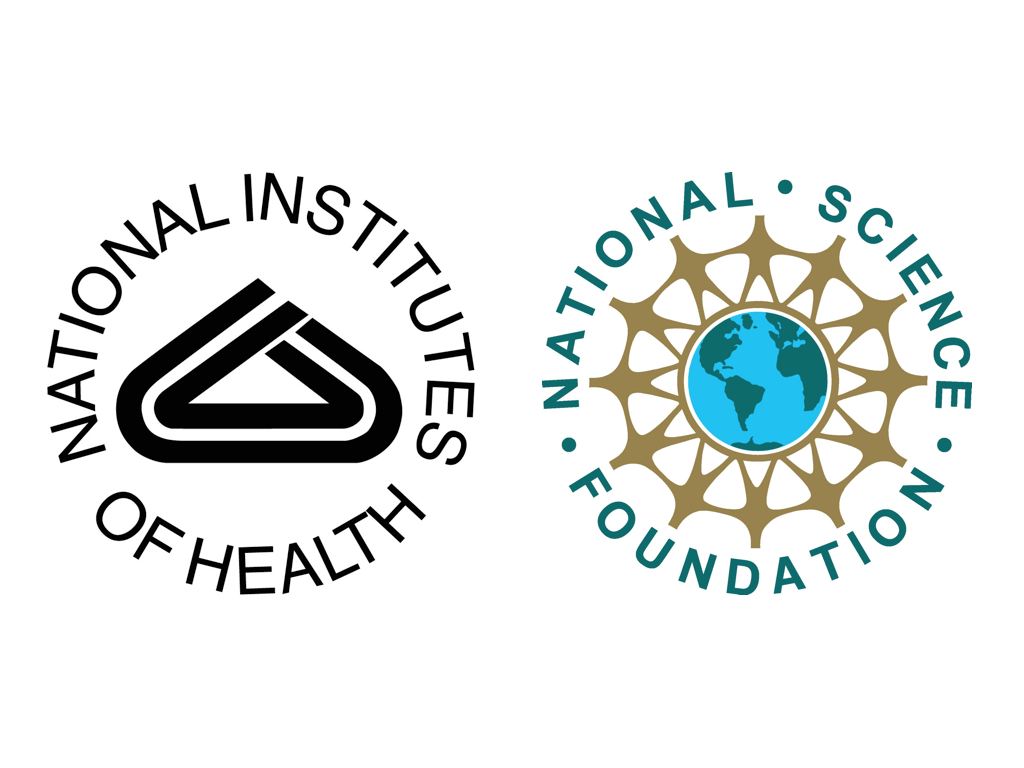Tertiary tectonics of western Puerto Rico; paleostress and paleomagnetic study: This study was conducted to improve our understanding of the Tertiary tectonics of the northeastern North America-Caribbean plate boundary. For this purpose, fault-slip and paleomagnetic data was obtained for Eocene, Oligocene, and Miocene sedimentary rocks. The Focal Mechanism Stress Inversion software (Gephart, 1990) was used to determine paleostress directions. Paleostress results indicate that in the late Eocene-early Oligocene deformation was characterized by NE-SW (present coordinates) compression and left-lateral slip along faults in the Great Southern Puerto Rico Fault Zone. Post-mid Miocene-early Pliocene N-S tension was generated when convergence between the Caribbean and North American plates caused arching of the PRVIM, thus locally extending the outer arc of this structure. The younger E-W tension is associated with the opening of the Mona Rift, and results from the separation of Puerto Rico and Hispaniola. Paleomagnetic data support 38°-45° counterclockwise rotation (van Fossen et al., 1989) of the island since the Eocene, but differential rotation between structural blocks is inconclusive.
Internal structure and emplacement of serpentinite in western Puerto Rico: In this study, mesostructures within two serpentinite belts and their contacts with Late Cretaceous sedimentary and volcanic rocks where studied to characterize the deformation and emplacement of the serpentinite within an oblique subduction zone setting. The main objectives of this study are to better understand the emplacement mechanisms of serpentinite in oblique subduction zones, and the tectonic history of the North America-Caribbean plate boundary zone. These are important questions because their answers have implications on our understanding of transpression along oblique subduction zones and on tectonic evolution models for the Caribbean Plate. Serpentinite belts in Puerto Rico represent one of the oldest rocks in the North America-Caribbean plate boundary zone (Montgomery et al., 1994) and their emplacement has been attributed to diapirism (Mattson, 1960), and to thrusting of an ophiolite mélange (Mattson, 1973). Results from this study reveal a northeast-southwest maximum strain axis, and strain partitioning expressed as northwest-striking thrusts and foliations, and east-striking left-lateral shear zones. Brittle and ductile compressive structures at contacts, suggest that thrust emplacement is the dominant emplacement mechanism and not diapirism. Structural relations also suggest that transpression in the Puerto Rican part of the North American-Caribbean plate boundary begun in the early Tertiary and ended in the late Eocene.
Recent Publications:
• Laó-Dávila, D.A. and Anderson, T.H., 2009, Kinematic analysis of serpentinite structures and the manifestation of transpression in southwestern Puerto Rico: Journal of Structural Geology, v. 31, p. 1472-1489.
• Mann, P., Prentice, C.S., Hippolyte, J-C., Grindlay, N.R., Abrams, L.J., and Laó-Dávila, D., 2005, Reconnaissance study of Late Quaternary faulting along Cerro Goden fault zone, western Puerto Rico, in Mann, P., ed., Active tectonics and seismic hazards of Puerto Rico, the Virgin Islands, and offshore areas: Boulder, Colorado, Geological Society of America Special Paper, v. 385, p. 115-138.








